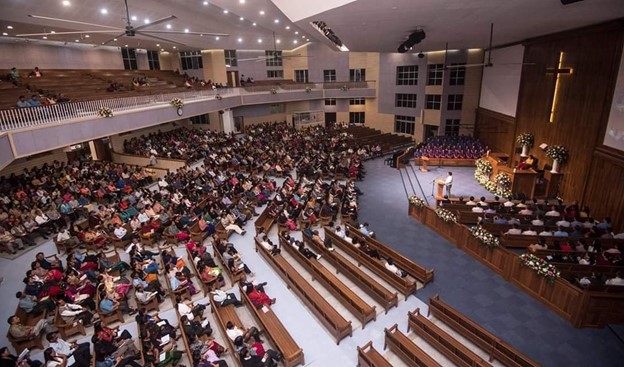Tucked in the northeastern corner of India, Nagaland is a land where culture breathes through every village, every festival, and every traditional dance. Known as the “Land of Festivals,” Nagaland is home to 16 major tribes, each with its unique customs, dialects, and traditions, painting a rich cultural tapestry that is both vibrant and deeply rooted in history.
The Tribes of Nagaland

https://www.prathameshdixit.com/blog/hornbill-festival-cultural-side-of-nagaland
The diversity of Nagaland’s tribes is its most striking feature, with 16 different tribes residing in the state. From the Angami, known for their terraced fields and the Sekrenyi festival, to the Konyaks, famous for their past as headhunters and distinctive facial tattoos, each tribe contributes uniquely to Nagaland’s cultural mosaic. The Pochury tribe, for instance, showcases a life closely knit with nature, where traditional attire and crafts are not just artifacts but living expressions of their identity.
Cultural Practices and Heritage
- Headhunting and Tattoos: The Naga history of headhunting, though now a thing of the past, remains a significant part of their identity. The practice, which involved taking heads as trophies, was intertwined with beliefs in mystical powers and social status. Today, these traditions are remembered through festivals where war dances and displays of traditional weapons honor their ancestors.
- Morung: The traditional Naga Morung, or bachelor’s dormitory, serves as a cultural and educational hub where young men learn the ways of the tribe, including hunting and warfare techniques, now transformed into a place for community bonding and cultural preservation.
- Festivals: The Hornbill Festival, celebrated with great pomp in the first week of December, is a melting pot of Naga culture where all tribes come together to showcase their dances, songs, and crafts. This festival not only promotes inter-tribal harmony but also attracts tourists, offering a glimpse into the Naga way of life.
Modern Influences and Challenges

The cultural landscape of Nagaland has not remained untouched by modernity. The influence of Christianity, which now dominates the religious scene, has brought about significant changes in social practices and beliefs. However, this shift also highlights the resilience of Naga culture, where traditional festivals and practices continue to thrive alongside new religious customs.
- Sustainable Living: Villages like Changki in Mokokchung exemplify sustainable living, where traditional farming practices coexist with modern conservation efforts, showcasing a balance between cultural heritage and ecological awareness.
- Cultural Preservation: Despite modernization, there’s a strong movement towards preserving traditional crafts, languages, and customs. The use of local materials in crafts like bamboo work and weaving not only sustains traditional skills but also supports local economies.
Conclusion
Nagaland’s cultural insights reveal a society that, while embracing change, fiercely holds onto its traditions. The state’s journey through time, from headhunting to hosting international tourists at the Hornbill Festival, reflects a narrative of adaptation without losing its essence. Visiting Nagaland is not just traveling; it’s stepping into a living museum where every aspect of life tells a story of resilience, diversity, and profound cultural depth. As we celebrate this rich heritage, it’s crucial to support and engage with these traditions, ensuring they continue to thrive for generations to come.
This article provides a broad overview, drawing from the cultural depth of Nagaland as reflected in various sources, while also incorporating the dynamic nature of its cultural evolution as seen through contemporary lenses.

